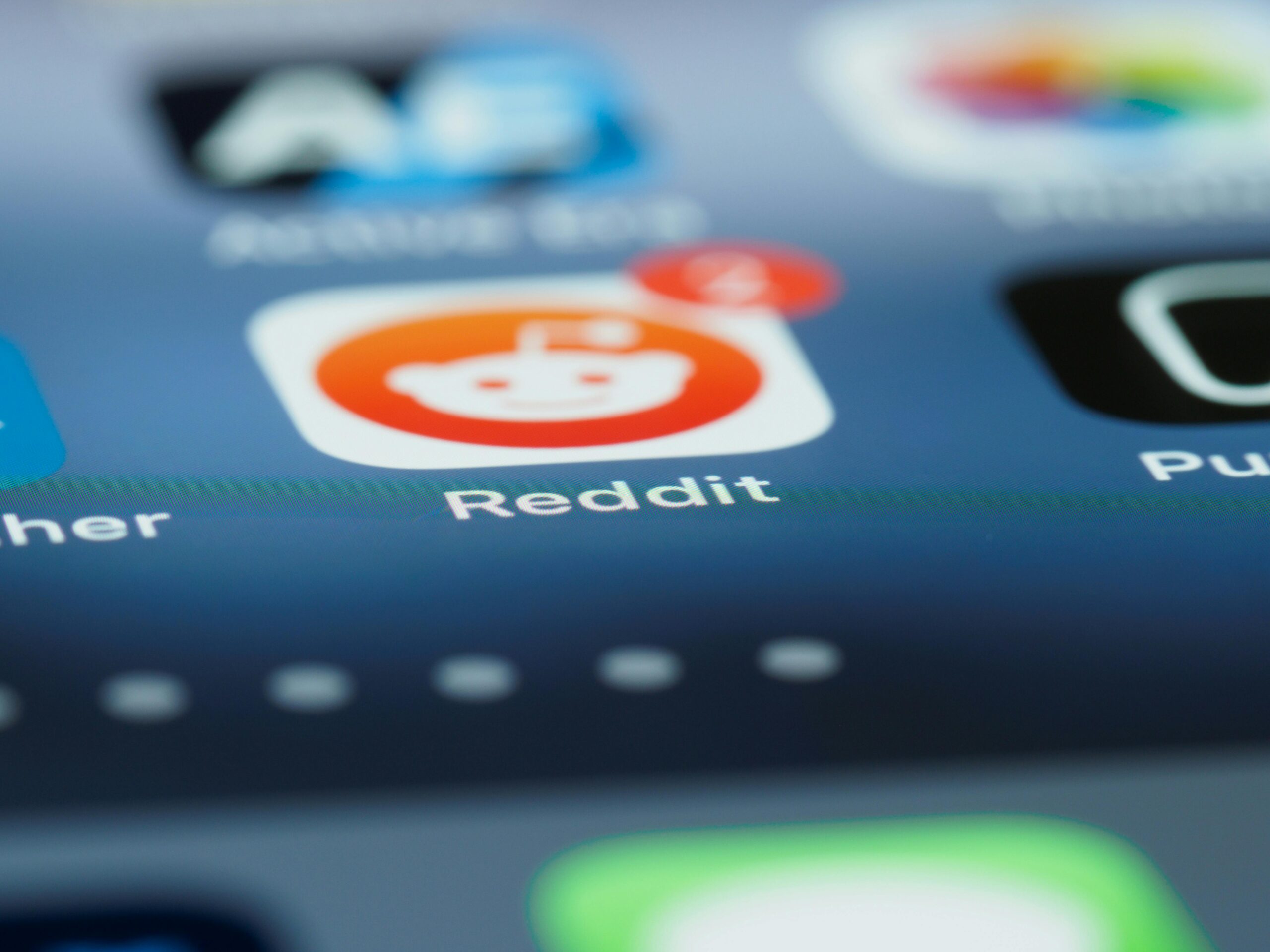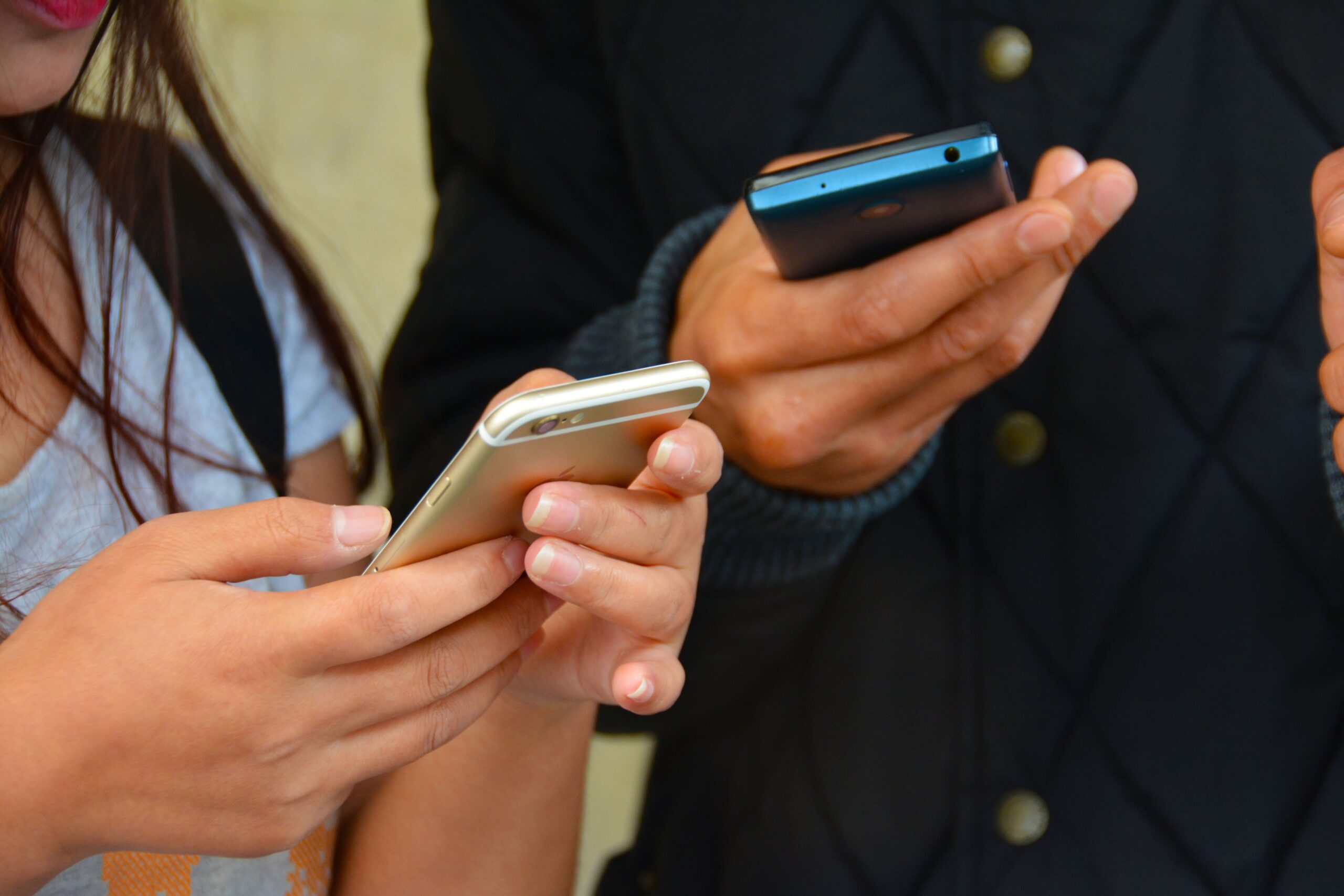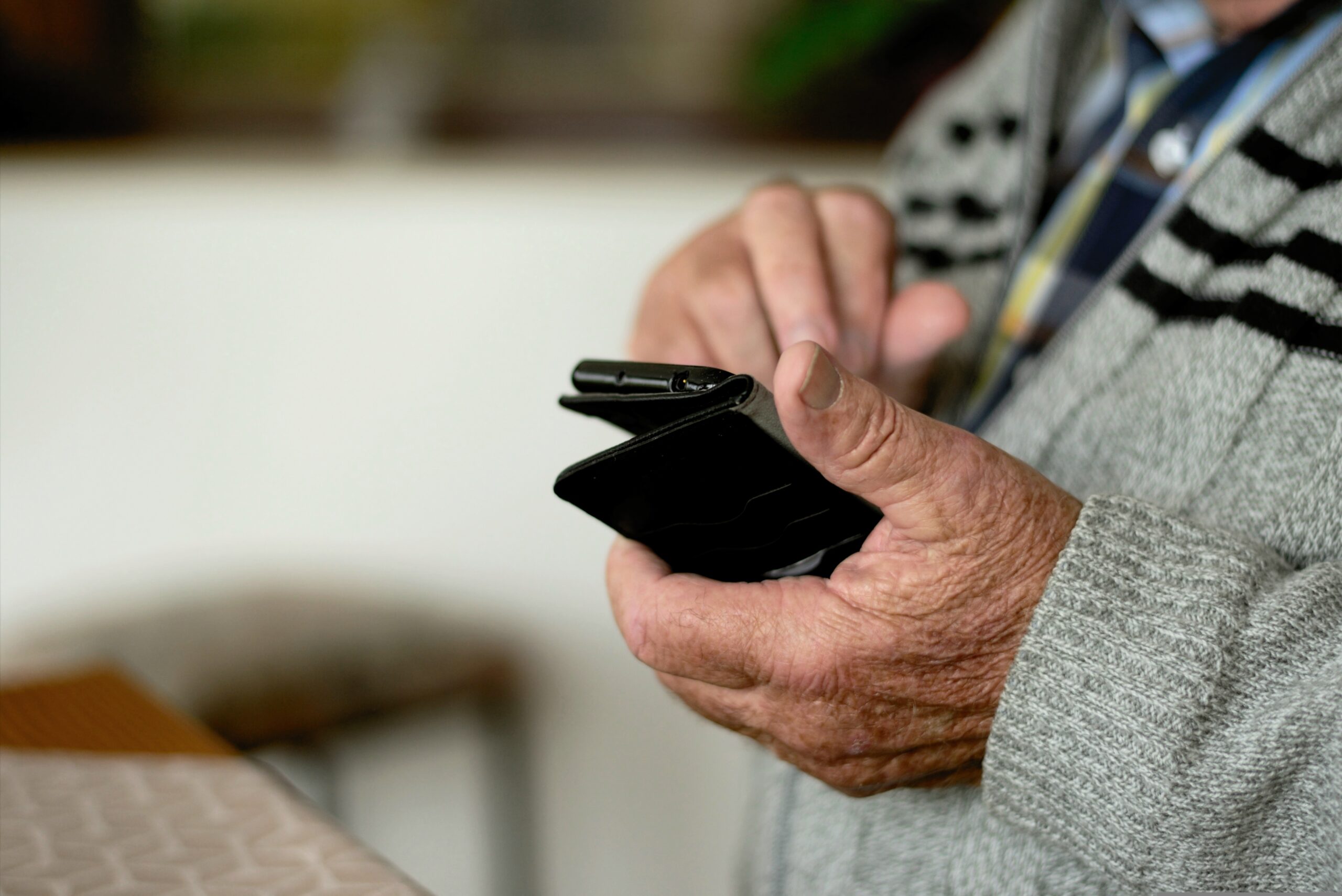Minister and local MP cite success of ongoing trial on the Isle of Wight
Credit: PA
Travellers arriving in the UK will be asked at the border to download the contact-tracing app developed by NHSX.
Speaking at the daily Downing Street briefing last week, transport secretary Grant Shapps said that, once the government was confident it had got the coronavirus infection rate under control, it intended to use the smartphone application to try and prevent a spike being caused by an increase in arrivals from overseas.
Before the virus struck, an average of about 400,000 people typically arrived in the UK each day after travelling from a foreign country.
This figure has dropped dramatically in recent weeks, but overseas arrivals have not stopped entirely; in April, at least 95,000 people entered the country from the air, government officials have revealed.
Related content
- Coronavirus: can we keep track of our sensitive data?
- NHS tracking app must do ‘heavy lifting’ to avoid second virus peak, claims chief scientific adviser
- Will the UK government use phone tracking to fight pandemic?
Once the borders reopen more widely, officials will ask arrivals to install the contact-tracing app that has been developed by health-service technology unit NHSX.
“One of the things we will be asking people to do at the border, when they come in, is to download the app and provide us with contact details, so that we know where people are,” Shapps said. “I think it is a very sensible, proportionate approach to making sure we don’t reimport a problem, once we’ve got these numbers under control – particularly now we’ve got that testing and tracking capability, which wouldn’t have existed some time ago.”
The app is currently being tested across the Isle of Wight, where the transport secretary claimed that more than half the island’s 140,000 population – a total of 72,300 people – have downloaded the software.
Speaking on Sunday, an update provided by the island’s MP Bob Seely indicated that the figure of unique downloads by individual citizens may be somewhat lower.
Seely told Sky News that around two thirds of the 90,000 residents that are able to download the app have done so.
“It is going really well, and the island has embraced the app,” he said. “We know it is in our interests and it is for the good of the country.”
Seely added: “We are well ahead of what was hoped – anything above 20%, you are beginning to get good evidence; over 50%, you are really suppressing the virus; and when you hit 60%-plus you really get the benefits of the app working – with the tracing, and with the testing.”
Once the app is rolled out across the rest of England, most estimates have suggested that, to be as effective as possible, at least 60% of the population need to install and use it. But others have indicated that achieving even half this amount could prove beneficial; earlier this month, the chief executive of Netcompany – which is building the Danish government’s contact-tracing app – told PublicTechnology that the technology needed to be downloaded by 30-40% of Danes to have the desired impact.
Both the Danish and UK versions of the app have adopted a centralised approach, with anonymised data gathered and stored centrally – so it can be analysed by health experts and policymakers. This contrasts with the decentralised approach used by the app jointly developed by Apple and Google, in which no data is gathered centrally and all notifications for users are automated.
In addition to privacy concerns, the centralised approach also poses technical challenges, particularly for iPhone users, whose devices are designed to limit Bluetooth broadcasting when apps are minimised – which could prevent the technology from working or, if the app is deliberately kept open, place far greater strain on battery life.




Helpful information. Lucky me I discovered your site accidentally, and I am shocked why this accident didn’t took place earlier!
I bookmarked it.